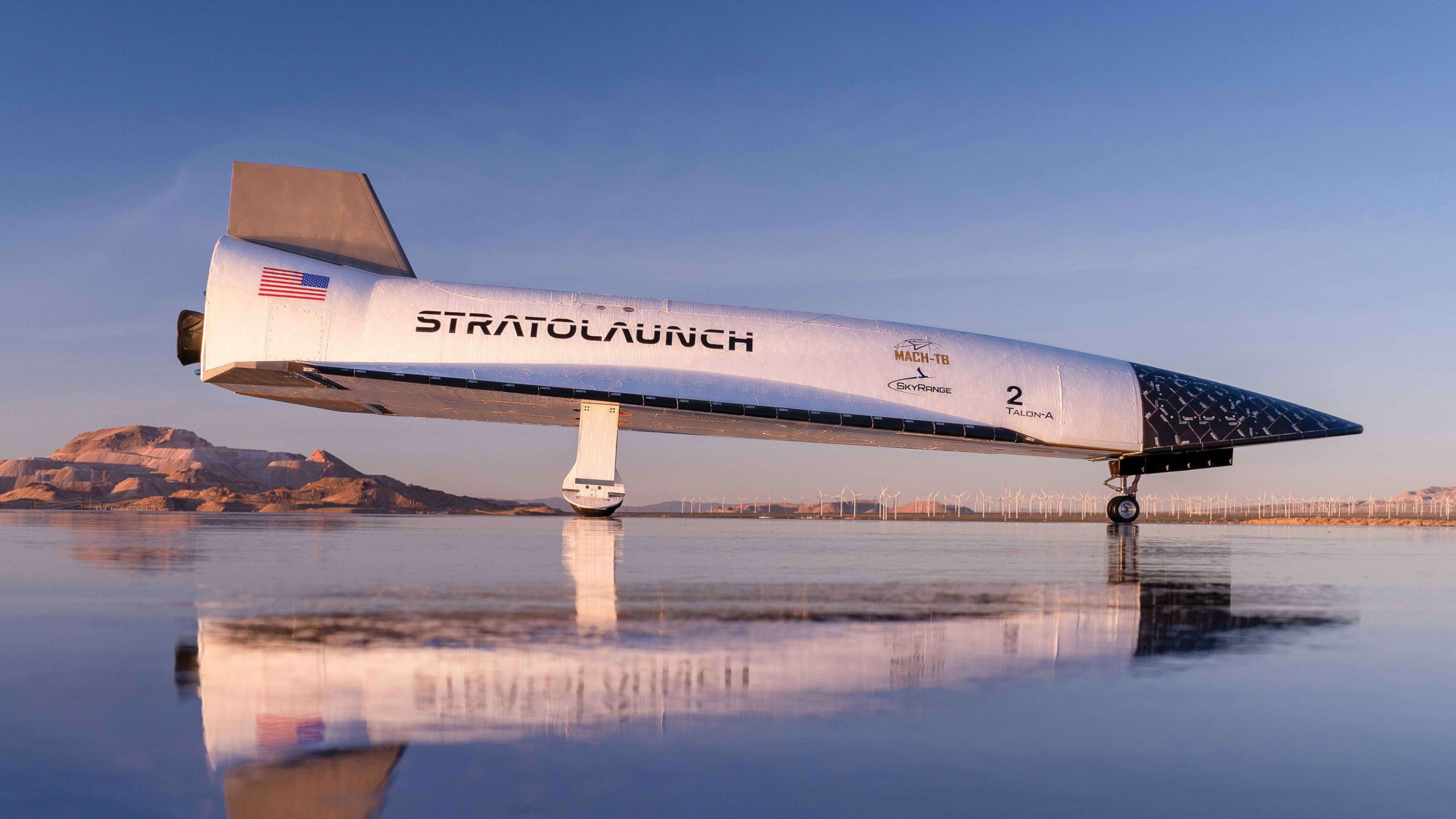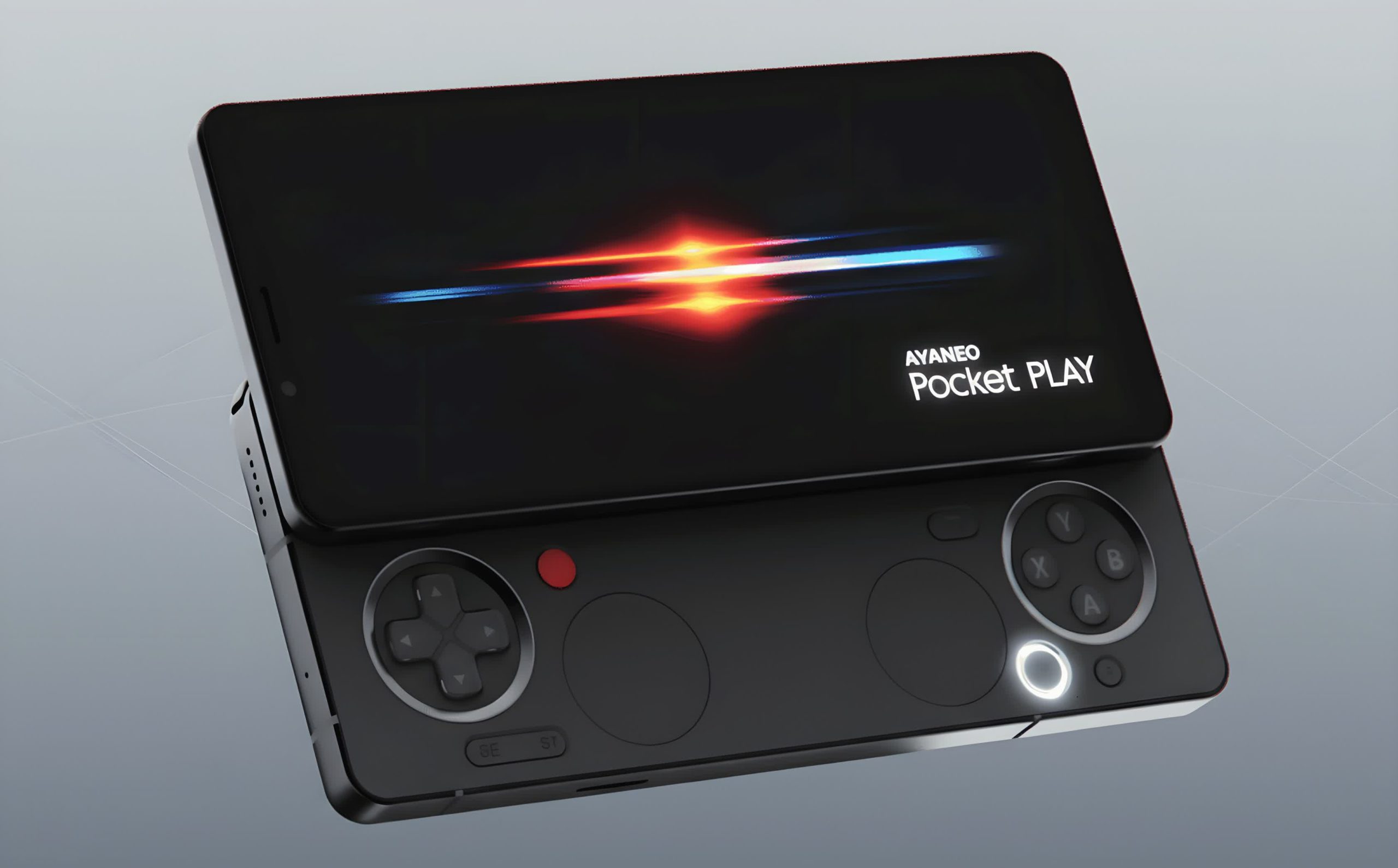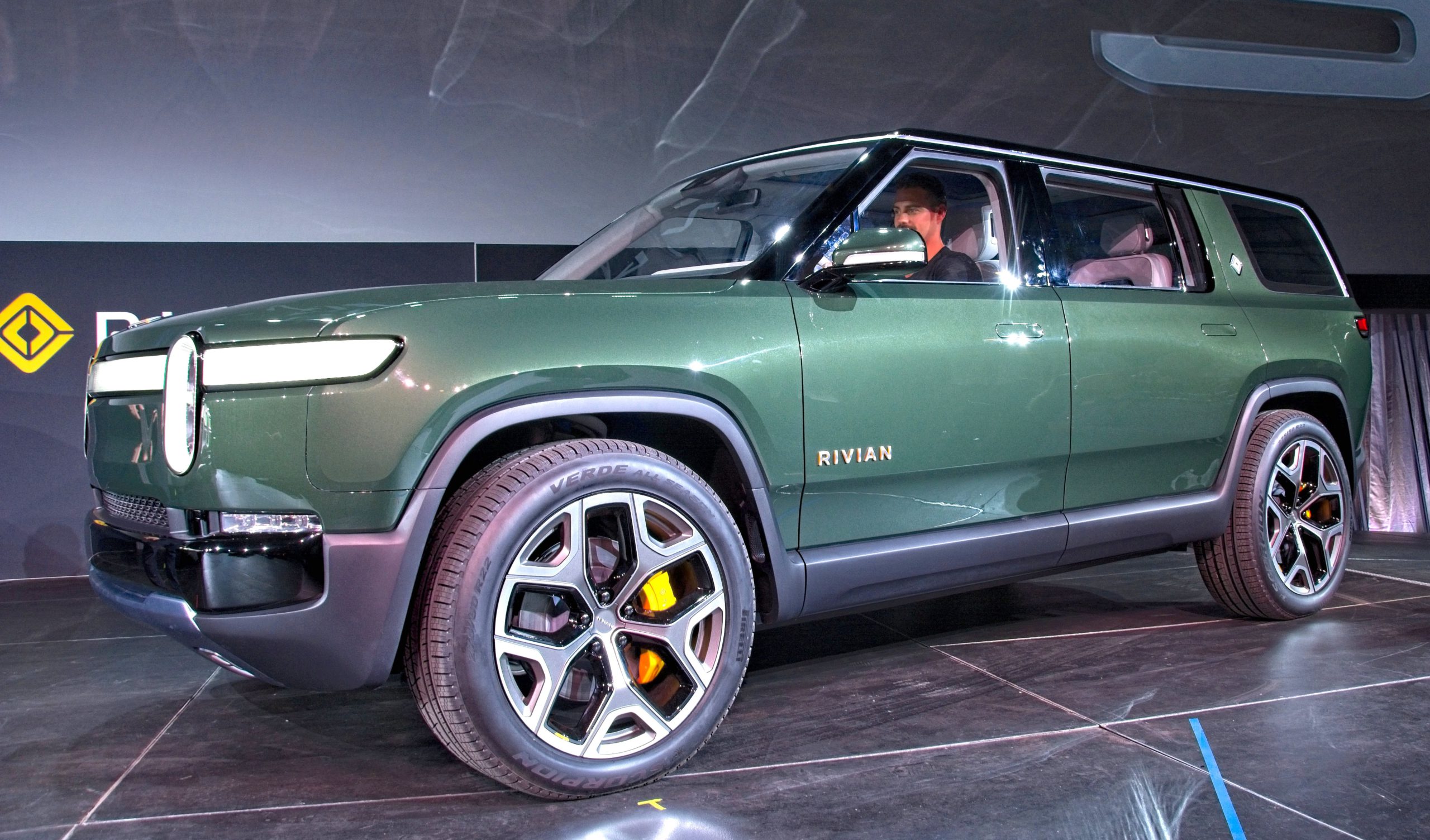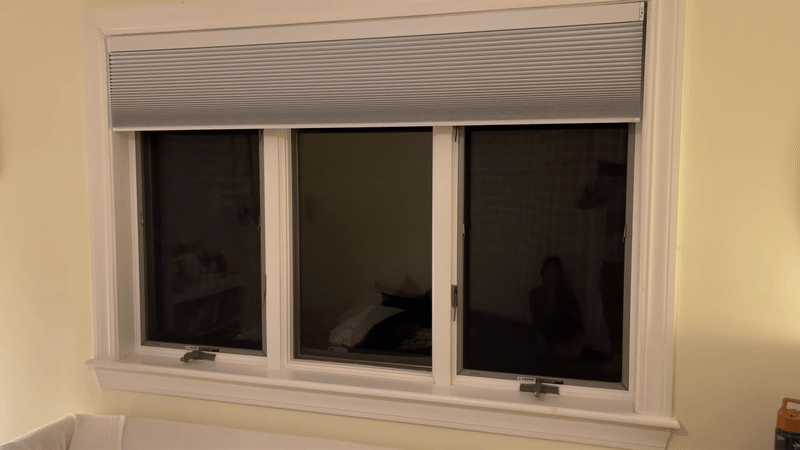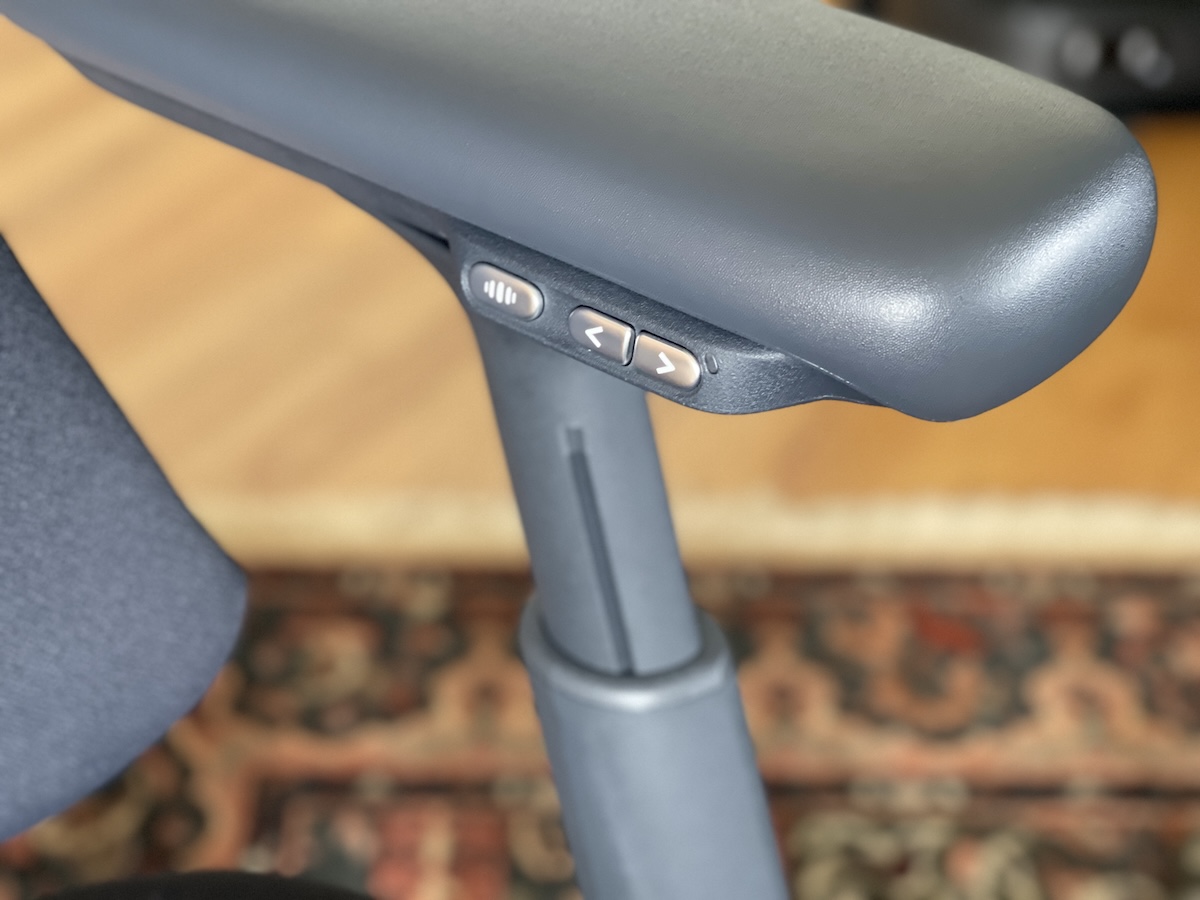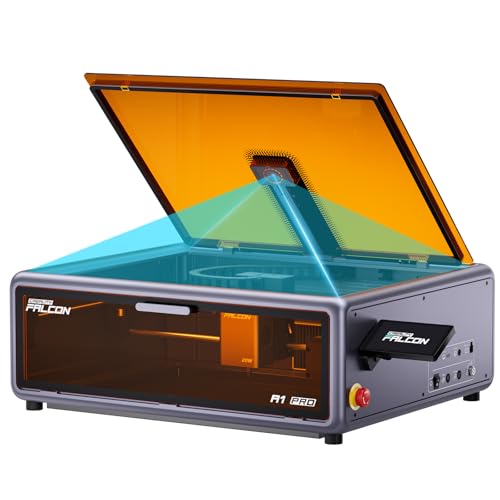Stratolaunch’s gleaming white rocket plane hovers like an alien craft on the wet tarmac, mirror-perfect reflections doubling its sleek profile against a purple desert dawn. The Talon-A2 hypersonic vehicle, perched on three modest landing gear, looks more like a sci-fi prop than what it truly is: America’s first reusable hypersonic aircraft since the X-15 program ended in 1968. This supposedly revolutionary tech could slash a 15-hour flight to just three. But that’s not why the Pentagon has poured millions into this California startup’s ambitious project.
Faster Than a TikTok Trend: Breaking Mach 5 Twice

The Talon-A2 exceeded Mach 5 in March 2025, marking its second hypersonic flight after December’s maiden voyage. Both tests supposedly culminated with something even SpaceX hasn’t mastered: a hypersonic vehicle landing intact on a runway at Vandenberg Space Force Base. It’s a bold new chapter in the story of rocket engine evolution.
As Dr. Zachary Krevor, President and CEO of Stratolaunch, stated in a May 5th press release: “We’ve now demonstrated hypersonic speed, added the complexity of a full runway landing with prompt payload recovery, and proven reusability.” The company claims these flights represent a historic milestone in American aerospace capabilities.
Breaking the Bank or Breaking Records?

The Talon-A2’s main advantage appears to be economic, though, like most defense projects, the actual numbers remain conveniently classified. While specific flight costs remain undisclosed, George Rumford, Director of the Department of Defense Test Resource Management Center, noted in a statement: “Demonstrating the reuse of fully recoverable hypersonic test vehicles is an important milestone.”
Industry analysts suggest the reusable approach could potentially reduce costs compared to expendable alternatives, but without transparent pricing, such claims are as solid as a cloud at 80,000 feet. The Pentagon certainly believes the investment worthwhile, having contracted for five test flights already.
The Odd Couple: Roc & Talon Take Flight

Remember those massive twin-engine cargo planes from Die Hard 2? Stratolaunch’s carrier aircraft makes them look like toy drones. Called “Roc,” this bizarre twin-hulled behemoth sports a confirmed 117-meter wingspan that would make Boeing’s engineers spill their coffee.
This awkward sky giant – essentially two airplane fuselages joined by a massive center wing – supposedly drops Talon-A from its center wing pylon at altitude, allowing the smaller craft to ignite its Ursa Major Hadley rocket engine mid-air. The air-launch approach supposedly provides advantages over traditional ground-based launches, though engineers might argue the complexity creates its own headaches.
From Xbox Money to Military Might

Stratolaunch wasn’t always fixated on military applications. Founded in 2011 by Microsoft’s Paul Allen, the company originally aimed to air-launch satellites – an ambition that, like so many space startups, needed a pivot to survive. After Allen died in 2018, Cerberus Capital Management acquired the company and redirected its focus toward hypersonic testing.
The company performed these flights for the Test Resource Management Center’s Multi-Service Advanced Capability Hypersonic Test Bed (MACH-TB) program. Defense News reports that Stratolaunch will support a Missile Defense Agency test campaign later this year, suggesting the Pentagon is at least somewhat impressed with the results.
America’s Hypersonic Renaissance or Just Expensive Toys?

As Krevor emphasized in official communications, Stratolaunch has demonstrated hypersonic speed, runway landing with prompt payload recovery, and proven reusability. This represents a significant milestone, as the United States hasn’t had a recoverable hypersonic vehicle since the X-15 program ended in 1968.
Stratolaunch is already modifying a Boeing 747-400 (named “Spirit of Mojave“) as a more practical launch platform than the massive Roc. The company is also developing the next-generation Talon-A3, expected to debut in late 2025 with expanded capabilities.
While Krevor has indicated the company aims to increase flight cadence to possibly monthly tests by year’s end, skeptics might question whether these ambitious timelines will hold. After all, in the aerospace industry, the only thing that travels faster than hypersonic vehicles is the shifting schedules of their development programs.


